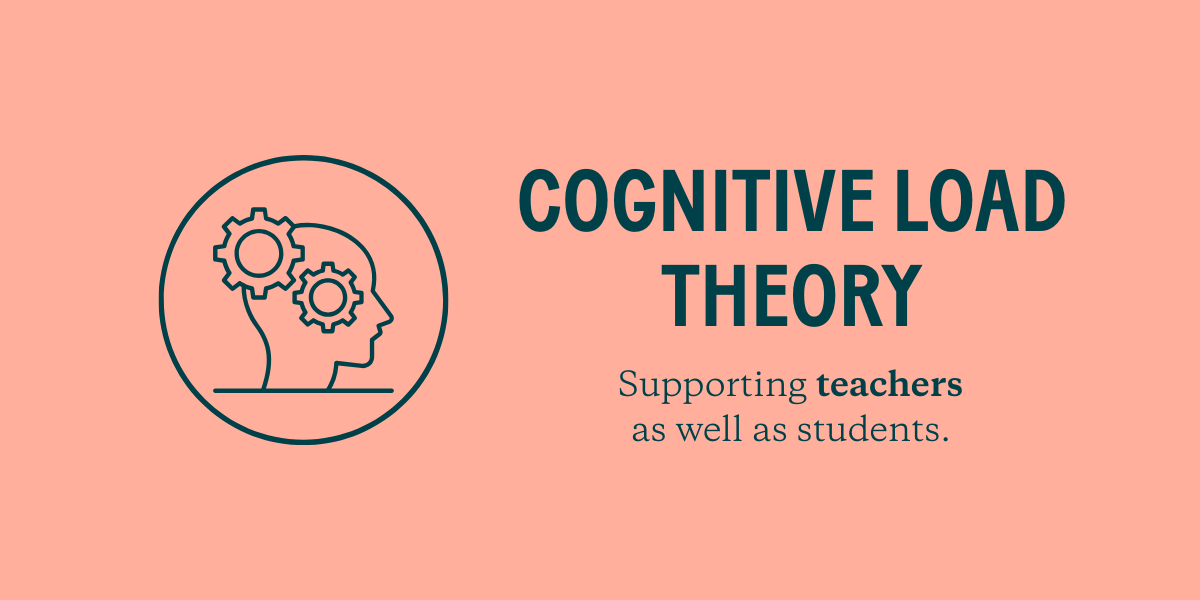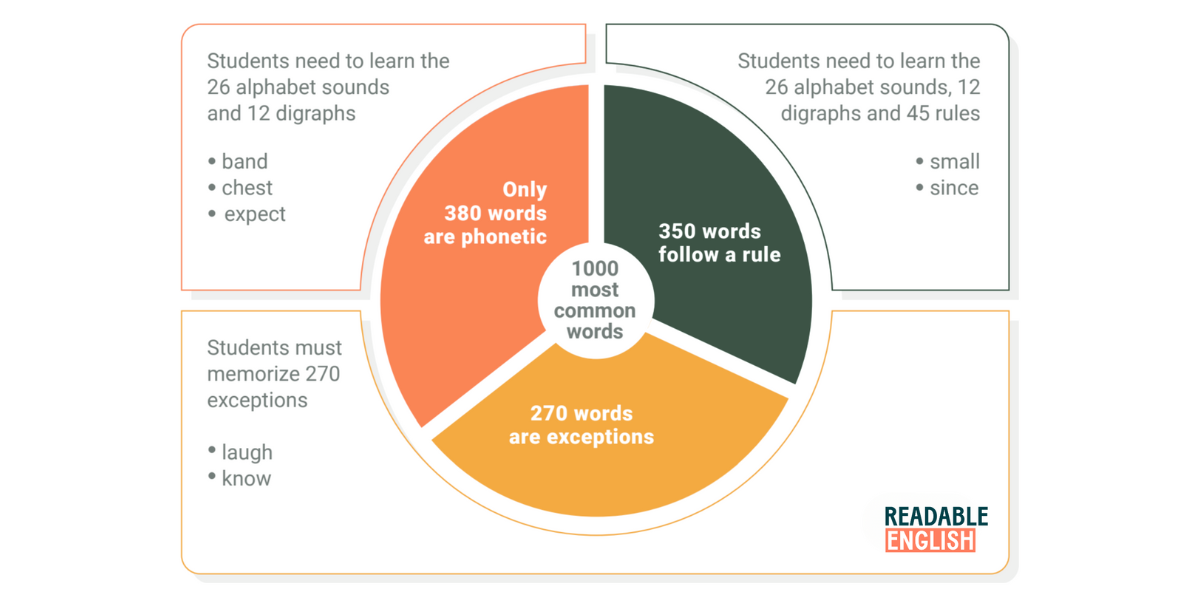Unlocking the Path to Literacy: Cognitive Load Theory and Every Child's Right to Read
In the journey of education, the ability to read is often heralded as the gateway to knowledge, empowerment, and success. Yet, for many children,...
K-12Discover how Readable English is transforming reading instruction |
PROGRESS MONITORINGEasily assess and monitor growth with data-driven insights and reporting tools |
PROFESSIONAL SERVICESDiscover the services that support your success, from virtual training to expert coaching |
INDIVIDUALSStrengthen your reading skills with an interactive app tailored to your learning needs |
PARENTSEmpower your child's reading journey with an interactive app and expert strategies for home support |
|

|
Rethinking Reading: How One District Transformed Instruction (SmartBrief)Discover how a bold shift in reading instruction helped struggling learners thrive - and the critical role Readable English played in their success.
|
RESEARCH & RESULTSExplore peer-reviewed studies and real-world case studies on Readable English in action |
BLOGExplore articles on feature highlights, research deep-dives, and the latest literacy insights |
EBOOKDownload the ebook Why Learning to Read English is So Hard and how to Make it Easier |
CUSTOMER STORIESDiscover how educators and administrators are transforming literacy with Readable English |
RESOURCE AND PRODUCT ENABLEMENT LIBRARYFind essential educational references and instructional materials to enhance teaching |
FAQSFind essential educational references and instructional materials to enhance teaching |
NEWS & EVENTSStay up to date with media coverage, webinars, and upcoming events featuring Readable English |
|
|
Rethinking Reading: How One District Transformed Instruction (SmartBrief)Discover how a bold shift in reading instruction helped struggling learners thrive - and the critical role Readable English played in their success. |
1 min read
 Anna Boyle
:
Jul 7, 2025
Anna Boyle
:
Jul 7, 2025
At first glance, words like five, move, and gone look simple. But for beginning readers, decoding these words can be far from easy.
This infographic explores the hidden cognitive load involved in traditional phonics instruction, and how simplifying the decoding process leads to faster, more confident reading.
Download the Cognitive Load Comparison Infographic as PDF.

With traditional phonics, reading these words requires mastering a series of rules and exceptions:
Step 1: Learn basic sounds — hop, mat, nest
Step 2: Understand VCe pattern — five, cave
Step 3: Learn scribal 'o' — none, love
Step 4: Know words don’t end in ‘v’ — give, live
Step 5: Recognize o-e = /oo/ in some words — move, lose
Step 6: Remember exceptions — gone
Step 7: Memorize irregulars — one
Each step adds to the cognitive load, requiring mental energy to override phonetic patterns, apply exceptions, and memorize outliers. These words cannot always be decoded phonetically. For many learners, this results in frustration, slower reading, and guesswork.
Readable English solves this problem by making sound-spelling relationships visually transparent - within the words themselves.
Learners first understand letter and digraph sounds
Then, in just 2.5 hours, they learn the Readable English markup system
All 7 of the words (five, none, gone, etc.) can be decoded confidently, without memorization
This approach eliminates unnecessary cognitive strain and frees students to focus on fluency and comprehension. Readable English is endorsed by the Founder of Cognitive Load Theory himself, John Sweller.
English has:
Reduces the need for memorization
Accelerates decoding and word recognition
Builds confidence and fluency
Makes reading more accessible, especially for struggling learners
And that’s just with single-syllable words. Imagine the impact on multisyllabic decoding:
determine, undermine, ratio, patio, laughter, slaughter…
If decoding rules are slowing your students down, it’s time for a better way. With Readable English, students gain the tools they need to decode words with confidence.
Contact us to schedule a demo today!

In the journey of education, the ability to read is often heralded as the gateway to knowledge, empowerment, and success. Yet, for many children,...

When it comes to helping teachers grow from novices to experts, decades of research in education and cognitive science point to one powerful idea: ...

If you've ever watched a beginning reader struggle through an unfamiliar word, you've witnessed the importance of decodability firsthand. Decodable...